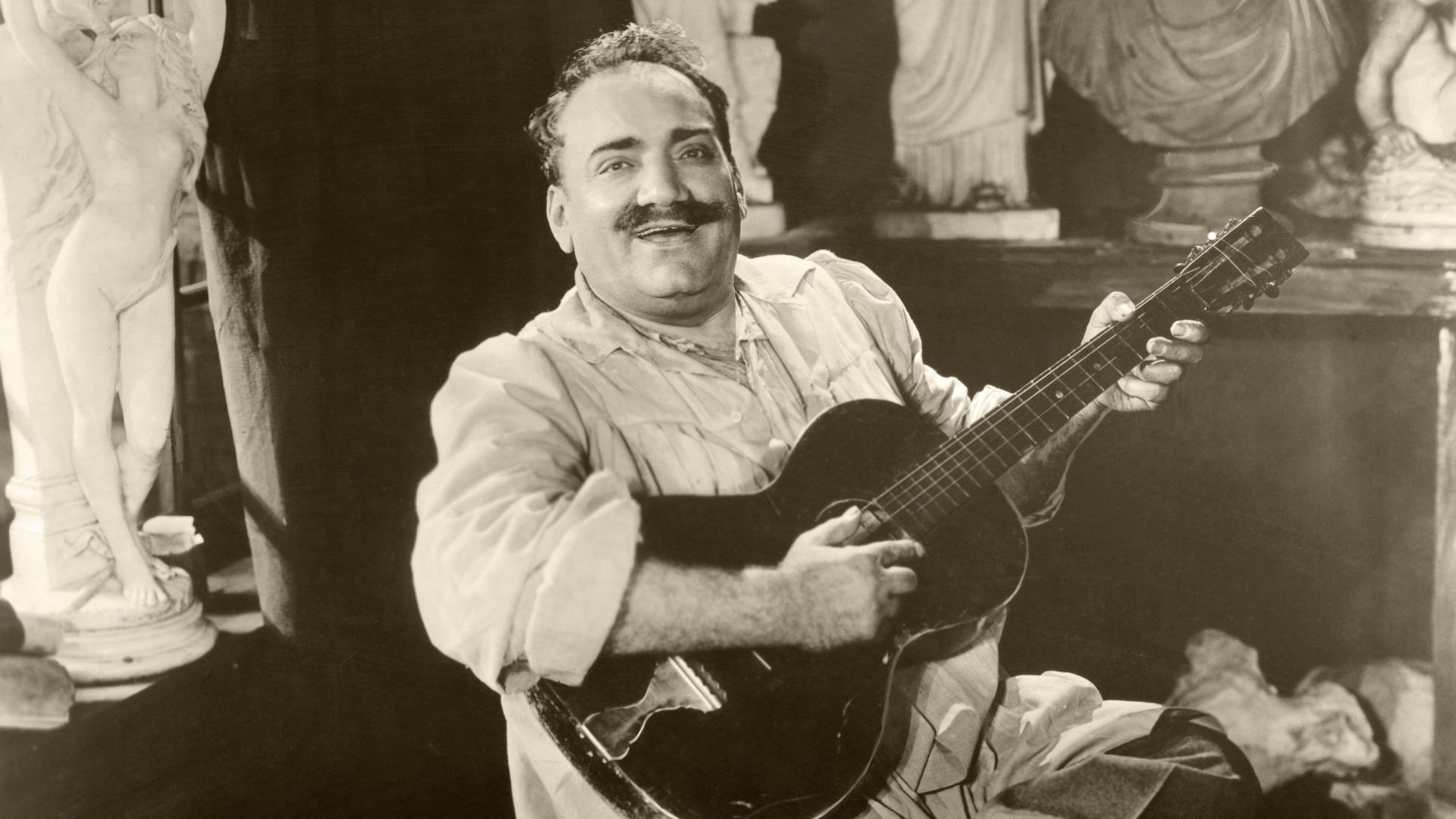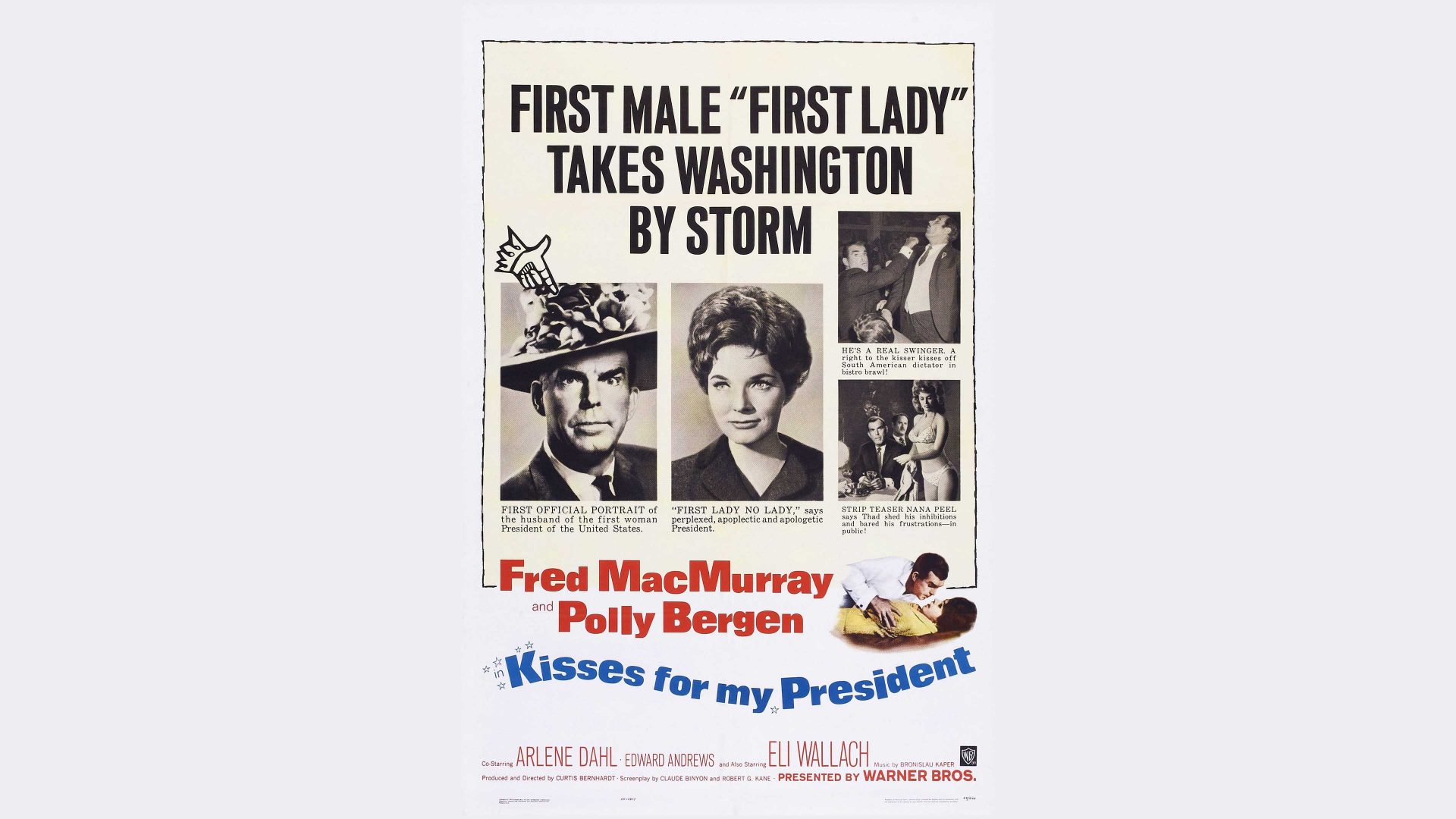As early as 1902, Enrico Caruso was already destined to be one of the most significant cultural figures of the 20th century.
Having established himself as a tenor of immense promise in the Italian provinces during the 1890s, at the turn of the century Caruso was given his first contract at the prestigious La Scala opera house in Milan. He warmed up for his debut by performing for the tsar at the Winter Palace in St Petersburg before taking the Milan stage for the first time as Rodolfo in a December 1900 production of Puccini’s La Bohème, conducted by Arturo Toscanini. The audiences went wild.
Two months later, Caruso was a leading voice in a tribute concert for Giuseppe Verdi held shortly after the composer’s death and reviewed ecstatically by newspapers all over the world. He was by now clearly destined for colossal success, yet in the spring of 1902 the 25-year-old had little inkling that events in a Milanese hotel suite rather than on an operatic stage would truly cement him as one of the greatest voices of all time and a defining presence for the new century.
Fred Gaisberg was an American recording engineer and producer working for the British Gramophone and Typewriter Company in the pioneering days of recorded music. His brief to find and record the best artistes in the world took him to the premiere of Germania by Alberto Franchetti at La Scala where, as soon as Caruso began to sing, he knew he had his man.
“He was the answer to a recording engineer’s dream,” recalled the producer. “He had the interpretative art of a born singer and a sense of pitch that nothing could shift.”
Gaisberg secured a meeting with Caruso after the performance, where he pitched his idea to record and release a selection of the Caruso repertoire as gramophone discs. The tenor was not entirely sure what a gramophone was, but noting this foreigner’s gushing enthusiasm he named his fee, a vast sum of money to which Gaisberg immediately, if reluctantly, agreed.
When he telegraphed the company offices in London, Gaisberg recalled in 1944, he received the reply, ‘FEE EXORBITANT FORBID YOU TO RECORD’.
The management had a point: they would have to sell 2,000 records just to cover Caruso’s enormous wage and these were still the early days of recorded music. The gramophone was still a novelty enjoyed by relatively few private owners and selling so many copies of one record was unheard of.
The producer was adamant, however. Caruso’s voice was not only extraordinary on stage, it had the perfect attributes to conquer the technical limitations of his primitive recording equipment. This would, he sensed, be something special.
On the morning of April 11, 1902, Caruso made his way to the Hotel Milan in great spirits. All he had to do was stand in front of a microphone and belt out a few excerpts from his favourite pieces, then head out for a good lunch with friends – by which time he would be considerably wealthier than he had been at breakfast.
Gaisberg set up his studio in a suite on the third floor – directly above the apartment that had been Verdi’s home in his final years – using apparatus far from the hi-tech arrangements we know today. A section of the room was curtained off, behind which stood a microphone placed in a bell-shaped horn into which Caruso would sing, adjacent to a piano raised on packing cases in order that both singer and accompanist would be heard. Caruso wrinkled his nose a little when he saw where he was expected to sing. Then he remembered the size of his fee.
“Caruso wanted to get the job over quickly as he wanted to earn the money and to have his lunch,” recalled Gaisberg. “The items were all about two-and-a-half to three minutes long and, one after the other, as fast as we could put the waxes on the machine Caruso poured the fresh gold of that beautiful voice on to them.”
The session completed, Caruso went off to lunch expecting to think no more about this new-fangled, flash-in-the-pan gramophone business.
But 300,000 sales of the first disc E lucevan le stelle from Puccini’s Tosca later, the tenor suddenly found himself the world’s first recording sensation. Two years later his rendition of Vesti la giubba from Leoncavallo’s Pagliacci became the first record in history to sell a million copies.
He would go on to make over 250 recordings and to give thousands of performances. He even appeared in two movies, one of which flopped, leaving the other to sit unreleased. They were, of course, silent.
By the time he died of peritonitis in 1921, Caruso had earned $2m from his gramophone recordings alone – the equivalent of £24.5m today.
There had been great and famous singers before, but their reputations had been forged purely in live performance, limiting the numbers of those who could truly form an opinion to people able to attend opera houses and concert halls.
With his gramophone recordings, Caruso transcended the closed world of performance to become a global phenomenon, a pioneer of the new kind of celebrity the 20th century would bring. Thanks to the magic of wax and shellac, he could now be heard on demand in thousands of drawing rooms and saloons all over the world.
On that spring morning in Milan, the unlikely figure of a dandy Neapolitan former street singer had become the vanguard of a cultural revolution.
Just a decade earlier, Caruso, the son of a Naples mechanic, was an apprentice to an engineer specialising in public fountains who would sing on street corners and in cafes to bring in extra money. Margins were tight; he was 18 before he finally earned enough from singing to buy his first new pair of shoes.
Eventually he saved enough for singing lessons, before taking on his first professional engagements in 1895, leading to his contract with La Scala.
Once his recordings began to sell in huge quantities it was not long before the Metropolitan Opera in New York came calling, where Caruso would later give some of his greatest stage performances. His fame was almost unprecedented: in 1906 he was in San Francisco when the earthquake struck and his name featured in many headlines reporting the disaster.
Caruso’s combination of fame and wealth meant the public was kept spellbound by reports of everything he did. The newspapers detailed his collections of rare postage stamps, coins, watches and antique snuffboxes, and how he smoked only strong and expensive Egyptian cigarettes.
Yet all through his celebrity Caruso never stopped working, criss-crossing the Atlantic even during the last illness that would kill him at the age of 48.
“There was no second,” began his New York Times obituary. “There is, there will be, no like successor.”




